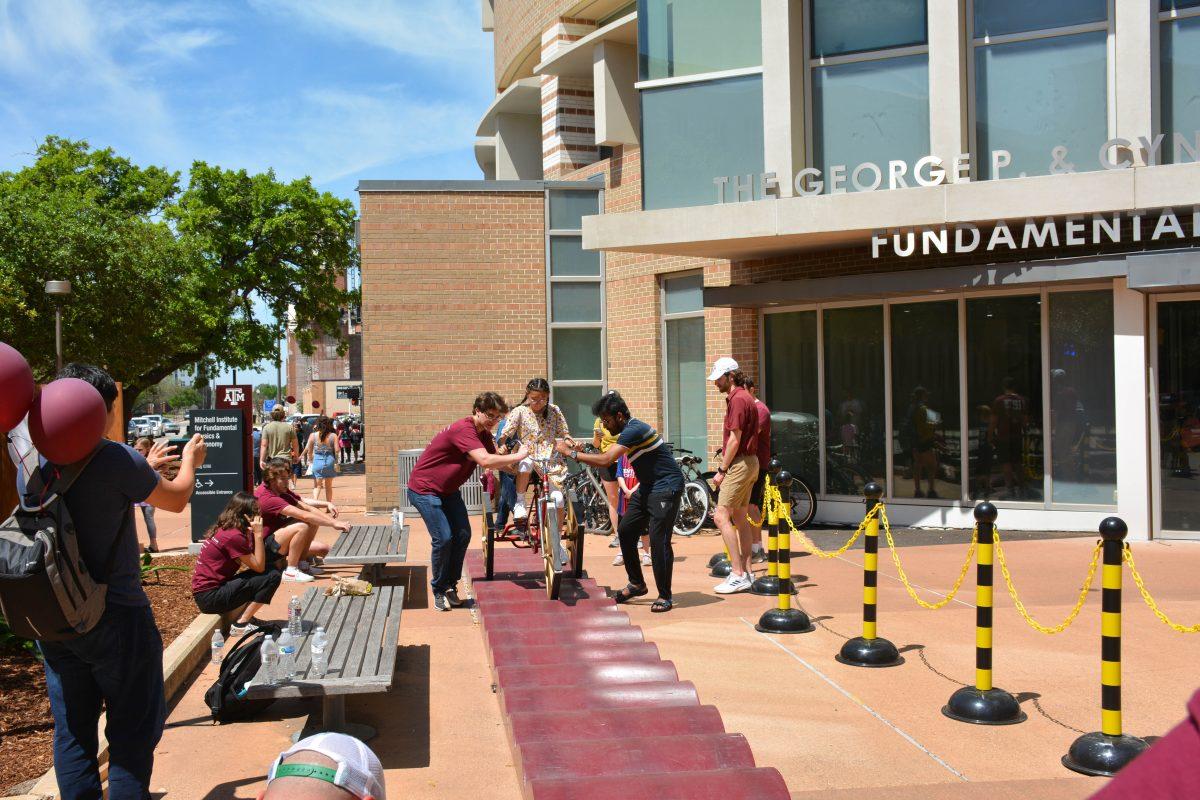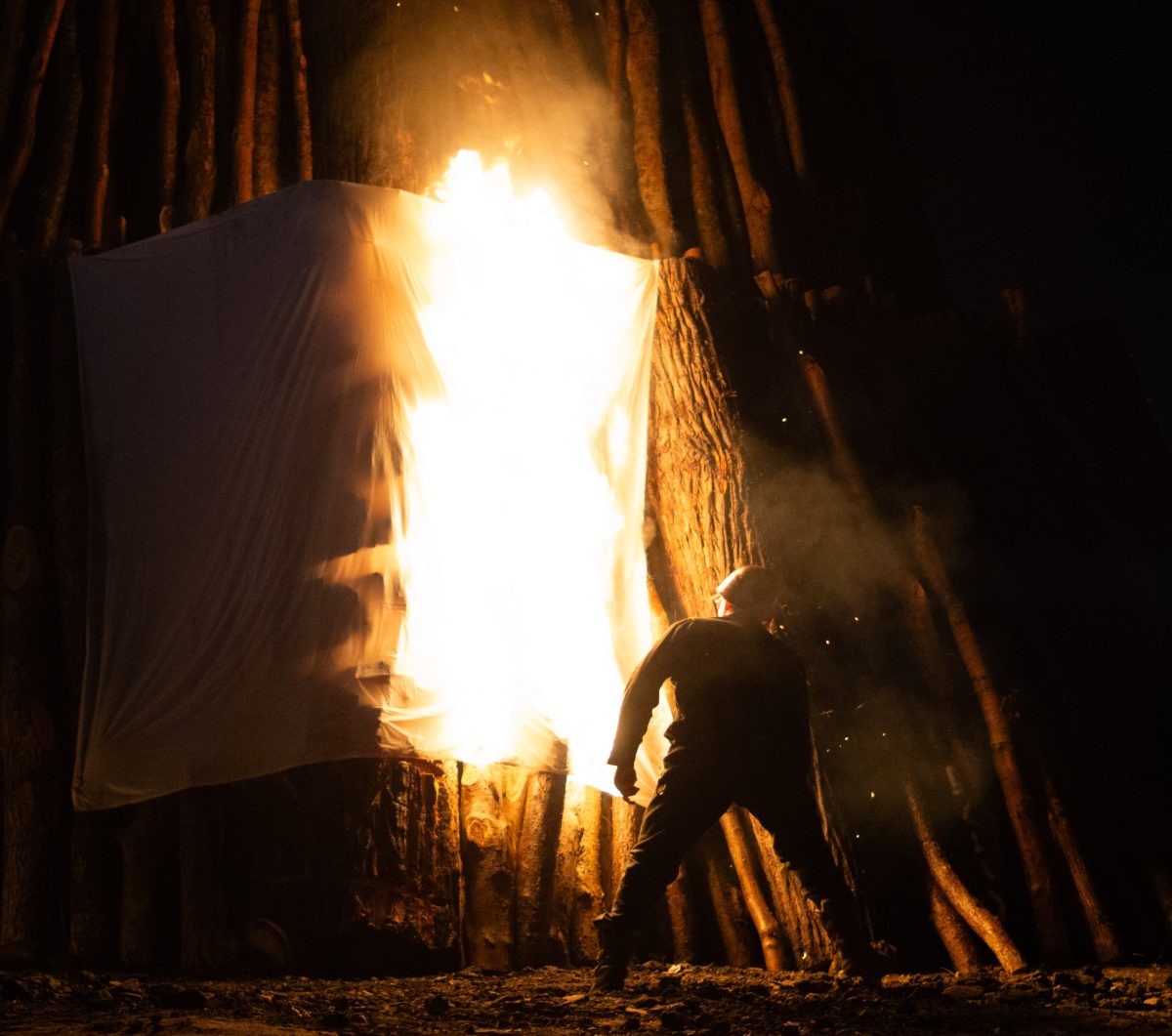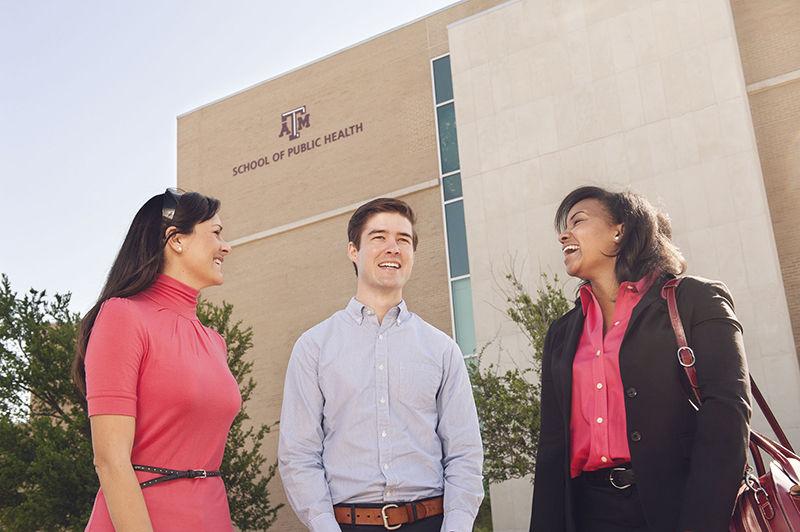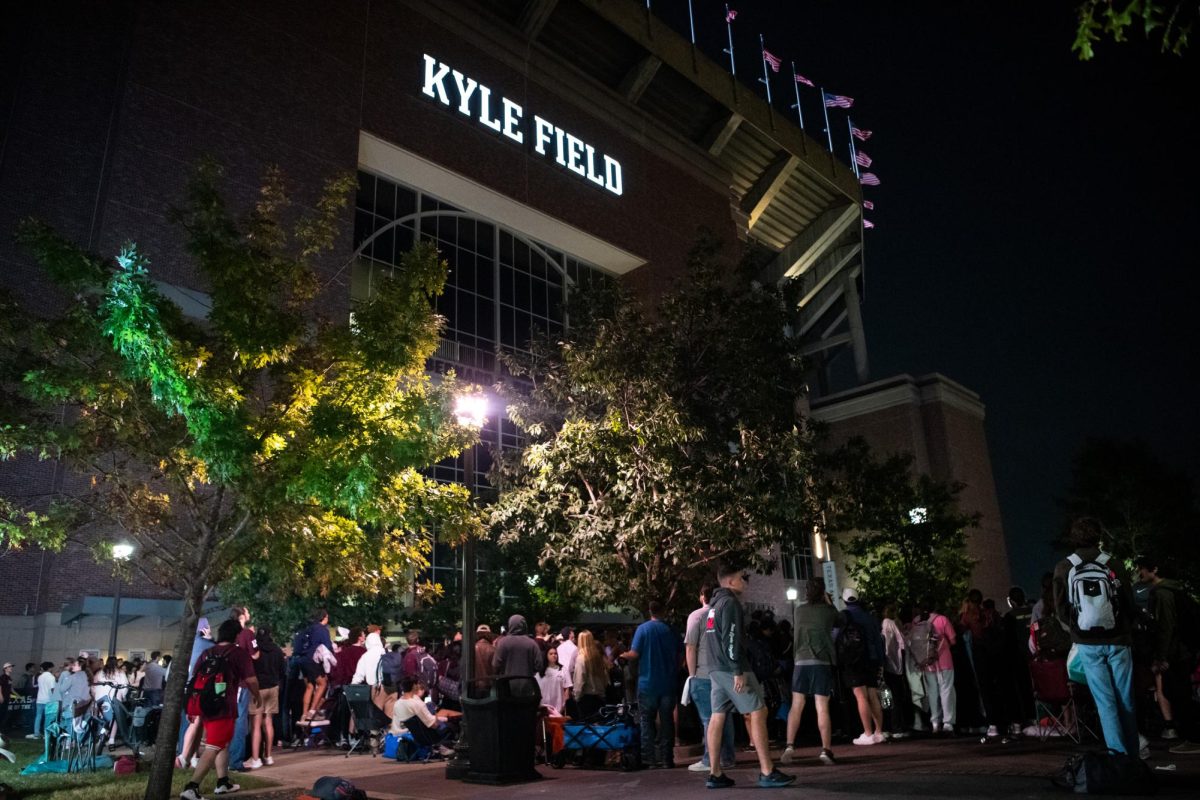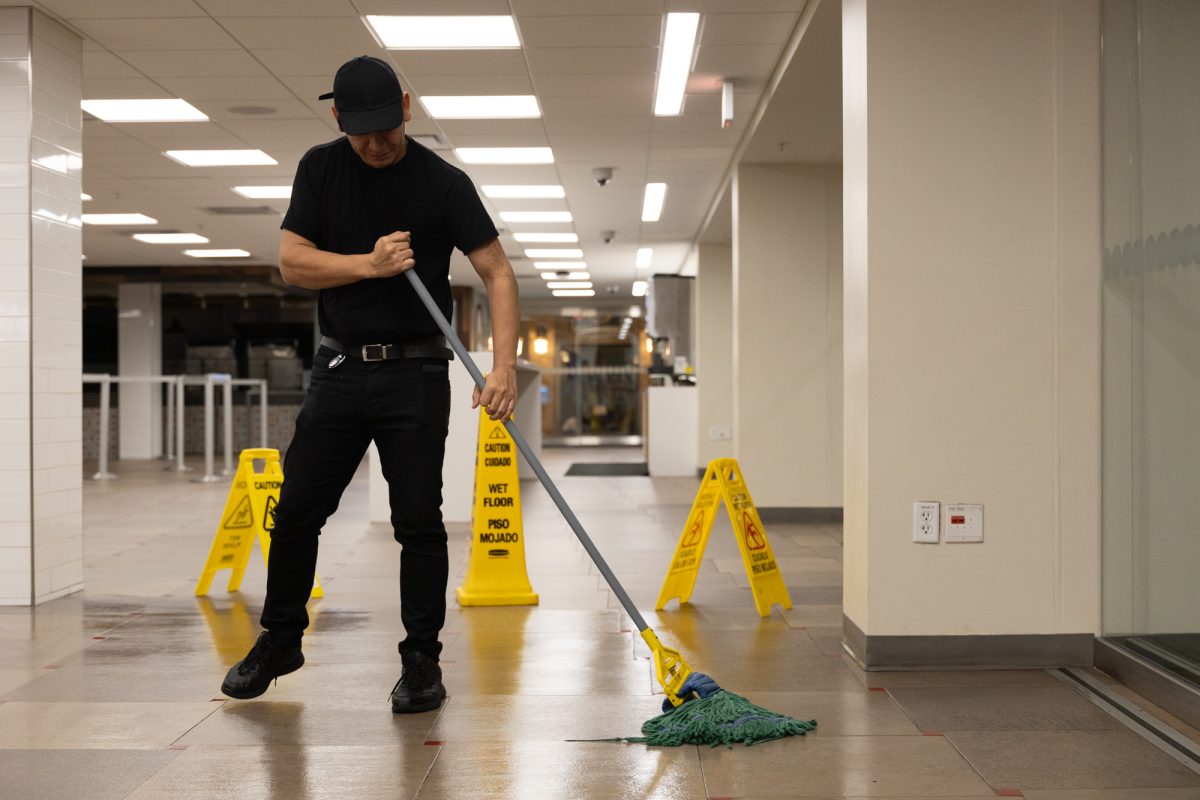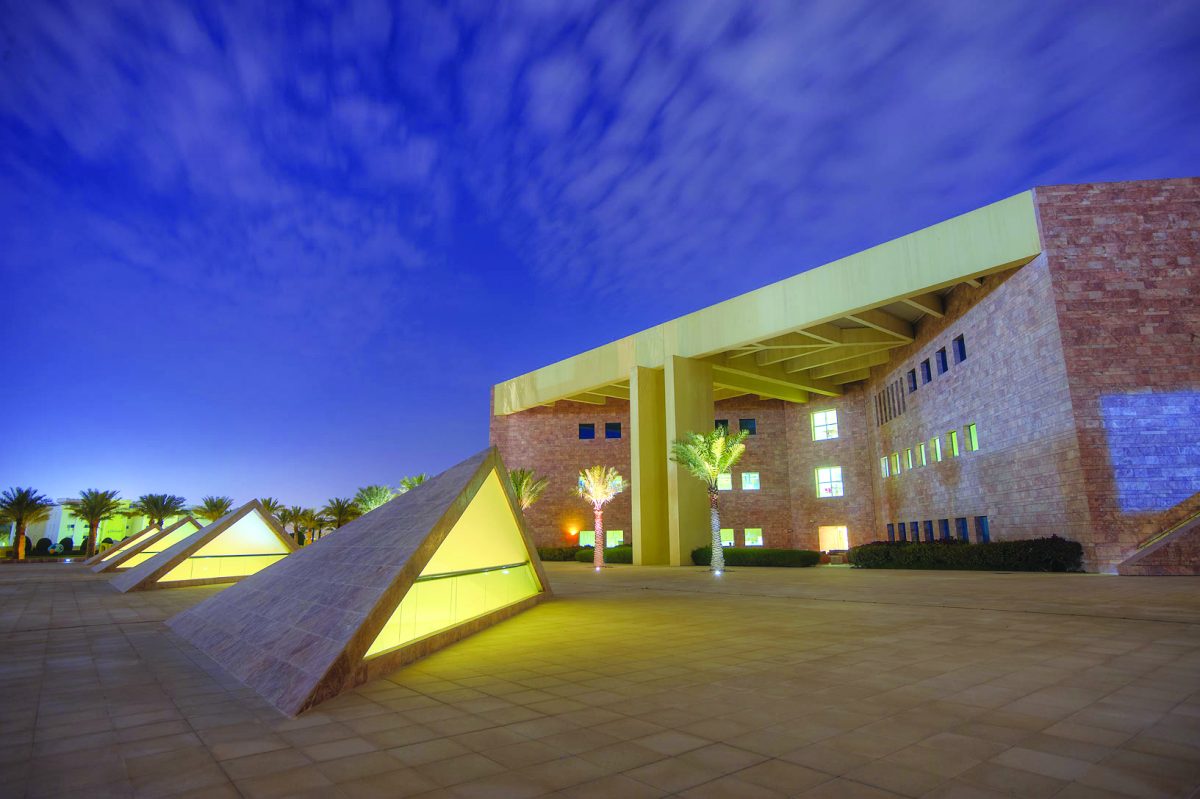Thousands of College Station families poured into the Mitchell Physics Institute Building to watch students and staff present exciting experiments regarding some of the most important topics in science today.
On Saturday, April 1, Texas A&M hosted its annual Physics and Chemistry Festival where students and College Station residents had the opportunity to learn about several science and technology topics through interactive exhibits and presentations. Activities ranged from lectures by experts, such as Emily Levesque, Ph.D, on her book, “The Last Stargazers: True Stories and Adventures of Astronomy,” to hands-on science demonstrations located in and around the Mitchell Physics Building.
One of the day’s main events was the science circus, presented by Rhys Thomas. The event started with a juggling act demonstrating basic physics principles such as Newton’s laws and gravity. Next, Thomas chose an audience member to assist with his following experiment. He tossed various-sized balls into a net that the audience member was tasked with holding to demonstrate the laws of acceleration. For his final act, he climbed a ladder of swords and performed a juggling trick with more swords when he reached the top of the ladder.
Thomas, a science circus performer and physics enthusiast, said he started juggling in college and later integrated it into his passion for teaching.
“I worked my way through college doing street shows, passing the hat, making some money to help pay for books and tuition,” Thomas said. “Then, after college, I was a street performer, and it started to rain, and I thought how could I get indoors, and so then I thought I could teach science using juggling tricks which got me gigs at museums and other colleges and things.”
Thomas later said the best aspect of the job is the travel opportunities it has brought along.
“Well, my favorite part of the science juggling gig is [that] I’ve gotten to go to several different countries, be in their museums and visit with their kids and teach the silliness that I teach to them,” Thomas said. “I really like Jordan. I got to go to Petra, but the coolest place I’ve been … A 4,000-year-old Egyptian tomb with paintings of jugglers.”
Thomas has gotten the chance to perform at some of the most renowned museums worldwide, such as the Smithsonian Institute.
Physics freshman and festival experimentalist Cade Ferry conducted an experiment using two cans. Both cans had magnets used as weights and were placed at the top of a downhill ramp. The experiment touched on various scientific topics such as angular momentum, rotational velocity and moment of inertia.
“We have eight magnets in each can, but the difference is in how you distribute the magnets around the can,” Ferry said. “One can has the magnets spread around the perimeter of the can, and the other has them in just the center. So, as you roll them down, the one that has them more spread out is going to have a larger moment of inertia and a smaller rotational speed, so if you race them down the ramp, the one with the magnets in the middle will hit the bottom first.”
Ferry said his favorite part of the festival has been seeing people’s faces light up when learning about science.
“Most people tend to guess that the can with the spread out magnets will reach the bottom faster, so getting to explain to them how it works and seeing it click in their mind is really fun and interesting to me,” Ferry said.
The event concluded with a grand finale depth charge explosion, where 1,000 balls were propelled into the air, splashing water onto the front row of viewers.



